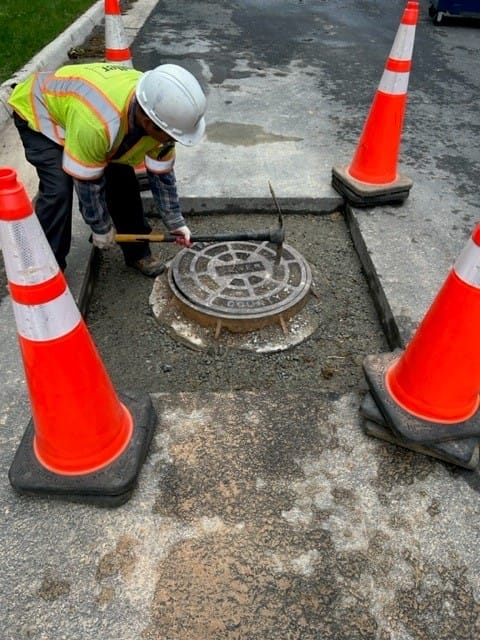A sanitary sewer system is a term given to a network of underground pipes or tunnels that are designed to transport sewage from houses and commercial properties to sewage treatment or disposal plants. Sanitary sewer systems are incredibly important as they provide a way to dispose of waste safely and appropriately, preventing the spread of waterborne diseases.
Several factors need to be considered regarding the installation of a sanitary sewer system.
1. Design specification
Important factors to keep in mind when designing a sanitary sewer system include the shape of the slope (concave, convex, uniform), the slope length, the depth to bedrock, the soil permeability and texture, and characteristics of both the stream drainage and the bedrock.
2. Excavation and site preparation
Proper site excavation is vital for sanitary sewer installation or any other construction project. The process includes basic land clearing, the removal of duff, leveling and grading, and excavating for sewer foundations.
Land clearing necessitates the removal of roots, trees, and other vegetation from the site. All foundations will require a degree of excavation, and it is a good idea to do some planning as to what to do with the excess dirt.
3. Materials selection
An important part of sanitary sewer installation is selecting the type of materials you intend to use for the project. The type of materials used for sewer pipes may differ depending on particular factors. Corrosion, safety requirements, geologic conditions, cost, and temperature are all factors that may require consideration when choosing sewer pipe material.
Some important sewer pipe material considerations include the scouring factor, leak tightness, hydraulic characteristics, and resistance to both internal and external corrosion. Popular materials for use in sewer pipes include concrete, plastic, ductile and vitrified. Different materials have their own strengths and weaknesses. Cement is affordable but heavy, while plastic is lightweight and easy to install but less durable. Ceramic, conversely, is durable but challenging to work with and costly, while iron pipes are strong and long-lasting but susceptible to rust and may require more maintenance.
All these strengths and weaknesses need to be carefully considered before choosing the best material for your project.
4. Installation techniques
The installation process is the most challenging aspect of a sanitary sewer, requiring expertise. Certain procedures need to be followed during the installation of a new sewer system.
The first step is to determine the depth of the pipes. The majority of installations begin from the main drain and will then join the main branch of the city at a connection point. Laser level or GPS can be used to work out the elevations. The results then provide the foundation for slope computations.
The trench needs to be dug with caution to avoid disturbing the soil too much. This can be done by compacting, which requires knowledge of the termination point of the pipe and the digging of a narrow trench. The canal needs to be compacted and smooth and follow the slope desired. Sand can be used to slope the soil and have the area fine-tuned before the pipes are laid.
Each pipe can then be installed with the line’s lower end and run toward the high elevation. Each pipe section’s bell end needs to be installed facing up to reduce leakages.
After the completion of the installation, the trench can be backfilled.
5. Safety considerations
To ensure safety, all workers during the installation process need to wear gloves and safety goggles in addition to ear protection, hard hats, knee pads, vests, and respirators as required.
Any chemical storage needs to be compliant with regulations and clear signage used throughout the site of the sanitary sewer installation.
6. Environmental considerations
Any form of construction project comes with environmental considerations and the installation of a sanitary sewer system is no exception. There are ways to greatly reduce the environmental impact of such projects, by increasing energy efficiency through the use of repaired and updated machines and technology and green materials instead of more traditional materials in research and production.
7. Inspection and testing
It is important to test the sewer pipes to make sure there is no leakage through the joints after sufficient time has been given for those joints to set. Visual inspection is also important to detect any defects in the sewage network that could allow groundwater, rainwater, or stormwater into the system.
8. Ongoing maintenance
The majority of sewer systems will need preventative maintenance to clear any accumulated build-up of material that could clog or damage sewer pipes.
Muller, Inc. is an expert in the installation of sanitary sewer systems and wet utilities.To learn more about their wet utility services, please visit their website or call them at 703-560-4040.

